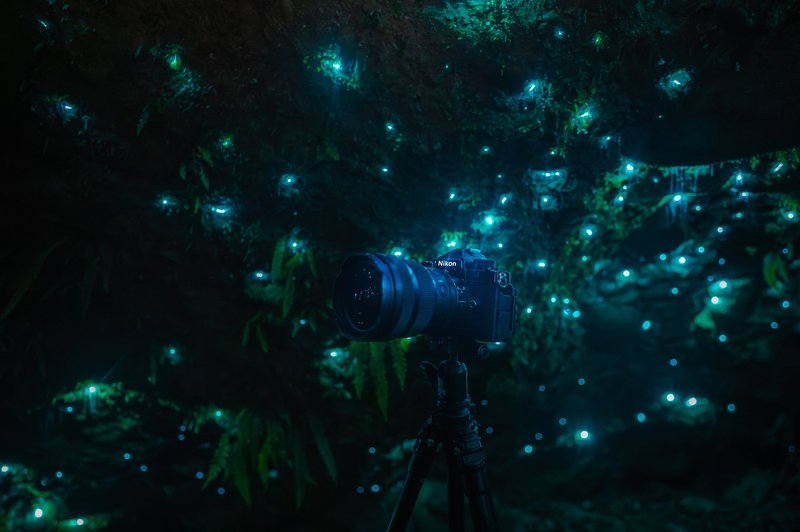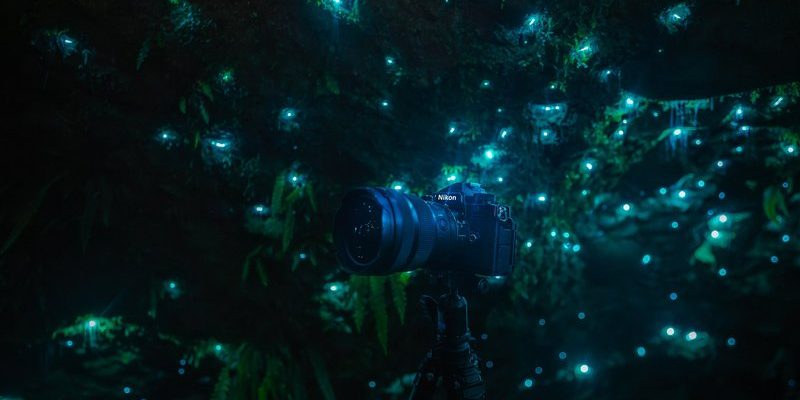
Glow worms, primarily the larvae of certain beetles, give off a brilliant blue-green light in order to attract prey. But this isn’t just about putting on a show. The altitude where these glow worms thrive can influence their behavior, growth, and even their mating habits. Understanding how they adapt to different environments helps us appreciate their role in ecosystems and even informs us about the health of our natural world. So, let’s explore the fascinating ways glow worms navigate the challenges presented by altitude changes.
The Basics of Glow Worms
Before diving into how they adapt to altitude, let’s clarify what glow worms actually are. **Glow worms** are the larvae of various species of beetles, particularly from the *Lampyridae* family. These larvae are known for their bioluminescence, which they use to attract insects for food.
In a way, you can think of glow worms as the night lights of the natural world. When you see them glowing, it’s not only a beautiful sight, but it’s also a signal of life. Their light is produced through a chemical reaction in their bodies, involving a pigment called luciferin, and an enzyme called luciferase. This process is efficient and creates little heat, which is why it’s so special.
You might be wondering how these tiny creatures manage to thrive in different environments. Well, the answer lies in their ability to adapt to various altitudes. The altitude can affect everything from temperature to humidity, influencing their growth and behavior.
How Altitude Affects Glow Worms
Altitude plays a significant role in shaping the lives of glow worms. As you might expect, higher altitudes experience cooler temperatures and changes in humidity levels. These changes can influence food availability and mating behaviors.
At lower elevations, glow worms tend to thrive in moist environments. They have access to plenty of food, such as small insects that are attracted to their light. However, as you go higher, conditions become more challenging. It’s like moving from a bustling city to a quiet countryside—where food is plentiful to a place where it might be scarce.
The altitude can also impact the **metabolic rate** of glow worms. In colder temperatures, their metabolism slows down. This can affect how quickly they grow and mature, making it crucial for them to adapt quickly to the conditions around them.
Behavioral Adaptations
So, how do glow worms adapt their behaviors to cope with these altitude changes? One key adaptation is their **feeding strategy**. At higher altitudes, where food might be limited, glow worms can switch to a more efficient hunting method.
Instead of relying solely on light to attract prey, they might also adapt their glow’s intensity or even the timing of their luminescence. For example, if it’s cooler at night, they may increase their light output during warmer moments to attract more insects. It’s like shifting gears in a car—adjusting to the environment for better performance.
Another fascinating adaptation is how they conserve energy. Glow worms may enter a state of dormancy during colder months or when conditions aren’t favorable. During this time, they rely on stored energy, allowing them to survive until food becomes more abundant again.
Reproductive Strategies
Reproduction is another area where altitude influences glow worms. The mating habits can vary significantly depending on their environment. In regions with high altitudes, the shorter growing season can lead glow worms to breed earlier in the year.
This early reproductive strategy is vital for ensuring the next generation has enough time to develop before the environmental conditions worsen. As a result, you may find that glow worms in higher altitudes are smaller or have shorter lifespans compared to their counterparts at lower levels. They’ve essentially learned to **speed date** in the natural world!
Additionally, the timing of their bioluminescence also plays a crucial role in reproduction. Glow worms at higher altitudes may adapt their glow pattern to synchronize with local insect activity, improving their chances of attracting mates. It’s like having a personal disco ball, making sure to turn the lights on when the party starts!
Impact of Climate Change
With the ongoing effects of climate change, glow worms face new challenges related to altitude. Changes in temperature and humidity can disrupt the delicate balance they rely on for survival.
For example, as temperatures rise, glow worms may find it difficult to thrive at their usual altitudes. This could force them to migrate to higher elevations in search of cooler conditions. However, this isn’t as simple as it sounds. Higher altitudes can mean scarcer food and less suitable environments, impacting their populations significantly.
Also, if the seasons shift due to climate change, the synchronization of their breeding and feeding patterns might get disrupted. This could result in decreased reproduction rates, leading to a decline in glow worm populations over time. This is a real concern for biodiversity, as these creatures play a role in their ecosystems.
Conservation Efforts
To help protect glow worms and their ecosystems, various conservation efforts are underway. Many organizations are focusing on preserving habitats and educating the public about the importance of these unique creatures.
You might find initiatives that aim to reduce light pollution in areas where glow worms live, helping them thrive in their natural environment. After all, the less artificial light there is, the more pronounced their natural glow becomes!
Moreover, scientists are studying glow worms to understand more about their adaptability. By learning how they cope with altitude and environmental changes, conservationists can develop more effective strategies to protect these delicate species.
In conclusion, glow worms are remarkable creatures that showcase nature’s incredible ability to adapt. Their strategies for surviving at different altitudes demonstrate their resilience in changing environments. From modifying their behaviors and reproductive strategies to facing challenges posed by climate change, glow worms continue to inspire and fascinate.
So, next time you catch a glimpse of those magical lights in the dark, remember there’s a lot going on behind the scenes. These little beings are not just glowing for show—they’re working hard to survive and thrive at every altitude. And that’s pretty amazing!

